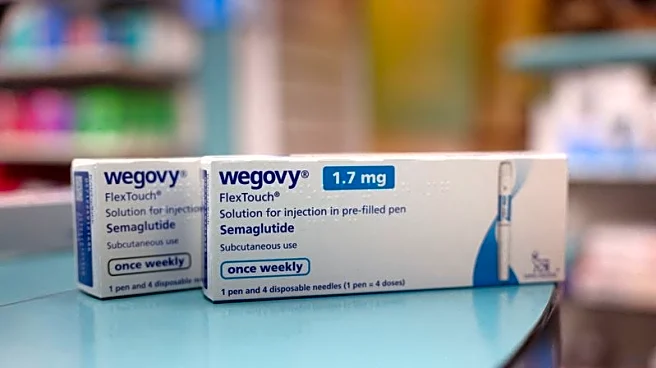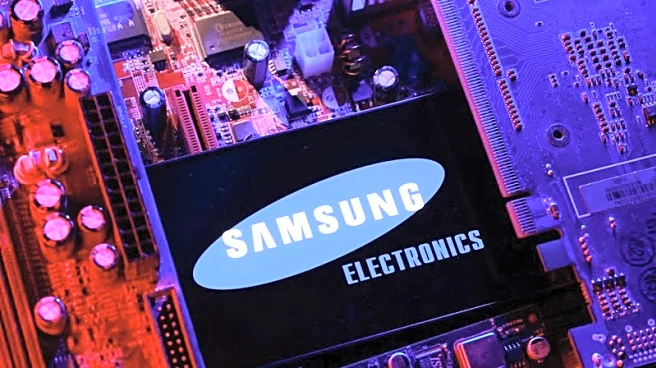What's Happening?
Eli Lilly has announced a significant investment in South Korea's ABL Bio, committing $40 million upfront and up to $2.56 billion in milestone payments. This partnership aims to leverage ABL's Grabody
platform to develop bispecific antibodies, which are designed to target proteins with high specificity. The Grabody platform is adapted for various therapeutic areas, including central nervous system diseases and cancers. This move follows Lilly's recent $1.2 billion partnership with SangeneBio and a $1.3 billion investment in Rznomics for RNA editing technology. These strategic investments are part of Lilly's broader efforts to expand its pipeline and enhance its capabilities in developing innovative therapies.
Why It's Important?
Lilly's investment in ABL Bio underscores the growing interest in bispecific antibodies, which offer potential advancements in treating complex diseases. By focusing on central nervous system diseases and cancers, Lilly aims to address significant unmet medical needs. This partnership could lead to breakthroughs in therapies that can cross the blood-brain barrier, a critical challenge in treating neurodegenerative diseases. Additionally, Lilly's continued investments in RNA editing and gene therapy highlight its commitment to pioneering new treatment modalities, potentially benefiting patients with genetic disorders and hearing loss.
What's Next?
Lilly's collaboration with ABL Bio is expected to advance the development of bispecific antibodies, with potential applications in various therapeutic areas. As the partnership progresses, stakeholders will be watching for updates on specific programs and targets. The success of this collaboration could influence future investments in similar technologies and partnerships, potentially reshaping the landscape of biopharmaceutical innovation.
Beyond the Headlines
The ethical implications of developing therapies that can cross the blood-brain barrier are significant, as they may offer new hope for patients with previously untreatable conditions. However, these advancements also raise questions about accessibility and affordability, particularly in the context of high-cost biopharmaceutical innovations.












